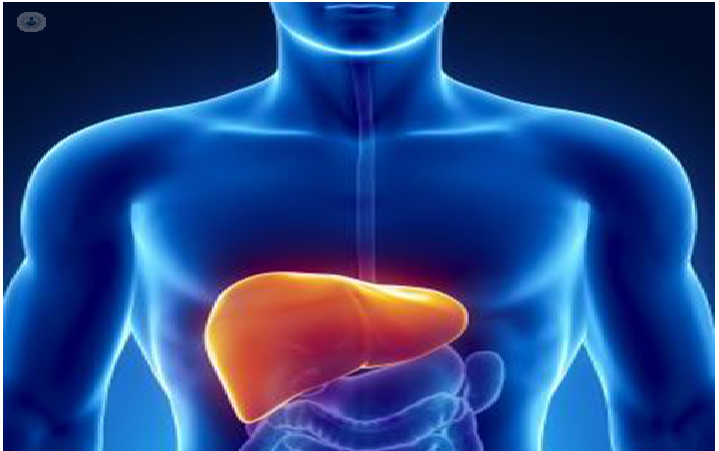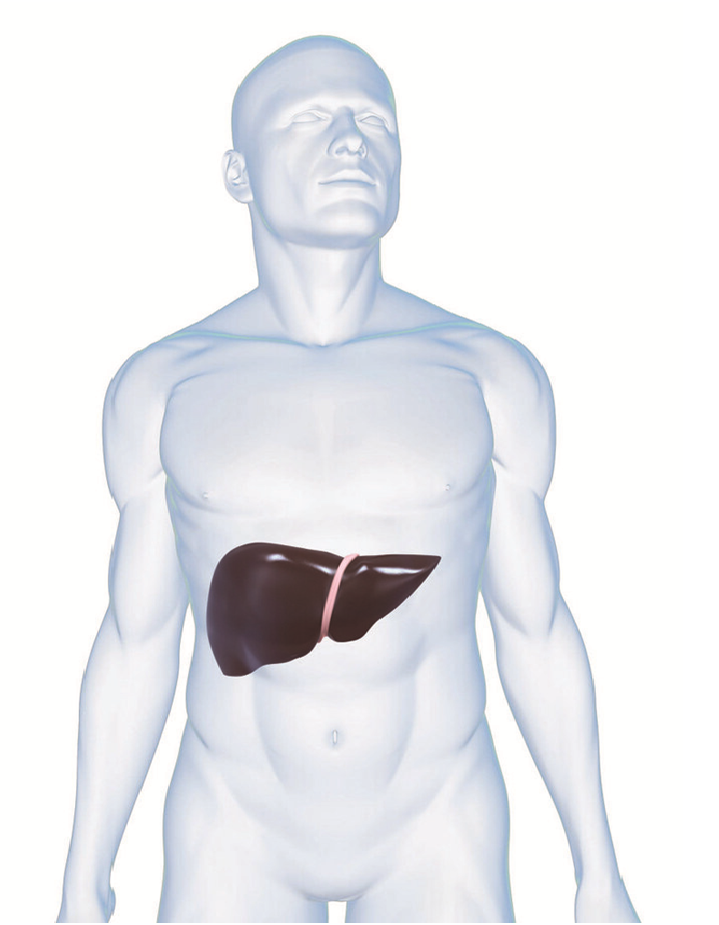Causes and Treatment for Alcoholic Liver

Our liver is one of the most important organs in our body as it is responsible for filtering toxins, breaking down proteins, and above all creating bile which helps the body in absorbing fat. When alcohol is ingested in excessive amount over the course of a long period, the healthy liver tissues begun to get replaced with scar tissues. This leads to a condition which is better known as alcoholic liver or cirrhosis. With the progression of the disease, more of the healthy liver tissue begins to get replaced with scar tissue and with time the liver stops functioning properly.
Symptoms
Cirrhosis usually takes place in individuals aged between 30 and 40 years. Initially the body is able to compensate for the reduction in the function of the liver. However, with time the symptoms become more visible.
Some of the top symptoms of alcoholic liver cirrhosis include –
- Jaundice
- Itchy Skin
- Portal hypertension
Causes
As mentioned earlier, repeated abuse of alcohol over a period of time leads to alcoholic liver cirrhosis. When scars begin to form the liver is unable to work the way it used to earlier. Thus, toxins are not filtered out and proteins are not produced enough.
Cirrhosis happens due to a variety of causes but alcoholic liver cirrhosis is directly related to the amount of alcohol ingested.
Affected Group
Individuals who have been heavy drinkers for nearly a decade are at most risk of alcoholic liver disease. Here ‘heavy drinking’ refers to having five or more drinks daily for any five days in a month.
Women are more at risk of alcoholic liver disease because they do not have as many enzymes in their stomach to break down alcohol particles. Thus, more volume of alcohol reaches the liver and makes it scarred.
Apart from these, genetic factors also have a role to play in the contraction of alcoholic liver disease. For instance, some individuals are born with lack of enzymes in their stomach which help in filtering out alcohol. Obesity, high-fat diet, and diseases such as Hepatitis C are other factors which increase the chances of a person’s likelihood to have cirrhosis.
Diagnosis
Diagnosis for alcoholic liver cirrhosis is done by taking stock of the medical history of the patient, mainly in terms of her/his drinking habit. Following this, a series of tests are done to confirm the development of cirrhosis. The outcome of such tests indicate the following factors –
- Anemia
- Leukocytosis
- Portal hypertension
- High blood sugar level
- Low blood sodium level
- High blood ammonia level
- Low blood potassium level
- Low blood magnesium level
- Unhealthy liver tissue found from biopsy of sample
- Liver enzyme blood tests to check levels of AST and ALT
Complications
There are many complications of alcoholic liver serious some of which are –
- Ascites
- Jaundice
- Encephalopathy
- Internal bleeding
Treatment
Some forms of liver disease can be reversed with treatment but the same is not the case in cirrhosis. At the most the progression of the disease can be slowed down and the symptoms reduced.
The first step in alcoholic liver disease treatment involves preventing the person from drinking. This is because after a prolonged period of dependence on alcohol, people find it difficult to quit without affecting their health in the process. This is why the intervention of a medical professional is needed to help the person get out of the habit of drinking.
Some of the other treatments include –

- Medications such as antioxidant supplements, calcium channel blockers, corticosteroids, and SAMe among others
- Counselling to help patients understand that alcohol abuse leads to malnutrition
- Extra protein diet to counter the effects of progressive diseases such as encephalopathy
- Lastly, a person needs to be sober for a minimum of six months to be considered for a liver transplant
Lung Cancer Is a very big problem these days. But If taken care it can treated with ease.





